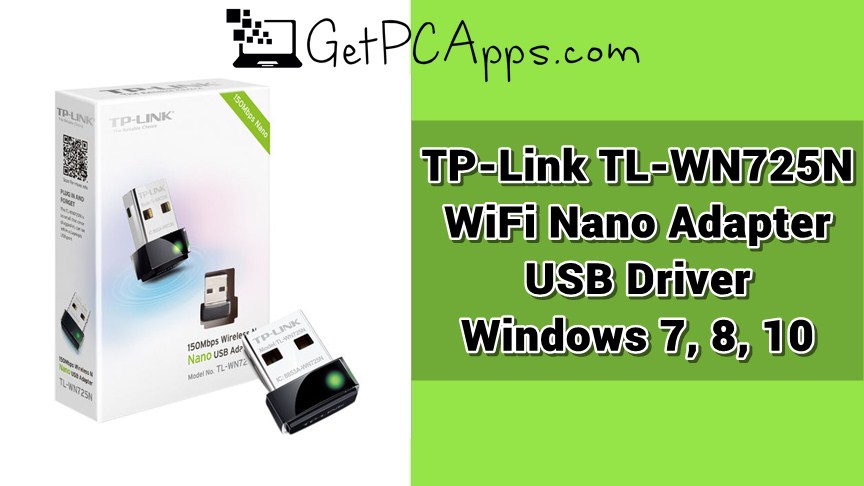

In Windows Vista, click Start -> Control Panel -> System and Maintenance -> Device Manager In Windows 7, click Start -> Control Panel -> Hardware and Sound -> Device Manager In Windows 8, swipe up from the bottom, or right-click anywhere on the desktop and choose "All Apps" -> swipe or scroll right and choose "Control Panel" (under Windows System section) -> Hardware and Sound -> Device Manager In Windows 11, Windows 10 & Windows 8.1, right-click the Start menu and select Device Manager It allows you to see all of the devices recognized by your system, and the drivers associated with them.

To install a driver in Windows, you will need to use a built-in utility called Device Manager. You can find our latest drivers in the download center at /en/download-center.Īctual network speed may be limited by the rate of the product's Ethernet WAN or LAN port, the rate supported by the network cable, Internet service provider factors and other environmental conditions.Once you download your new driver, then you need to install it. * *To ensure compatibility, you may need to update the adapter’s drivers after an OS update. Actual wireless transmission rate and wireless coverage are not guaranteed, and will vary as a result of 1) environmental factors, including building materials, physical objects and obstacles, 2) network conditions, including local interference, volume and density of traffic, product location, network complexity, and network overhead and 3) client limitations, including rated performance, location, connection quality, and client condition. Range and coverage specifications are based upon test results under normal usage conditions. *Maximum wireless transmission rates are the physical rates derived from IEEE Standard 802.11 specifications. Operating Humidity: 10%~90% non-condensing


 0 kommentar(er)
0 kommentar(er)
